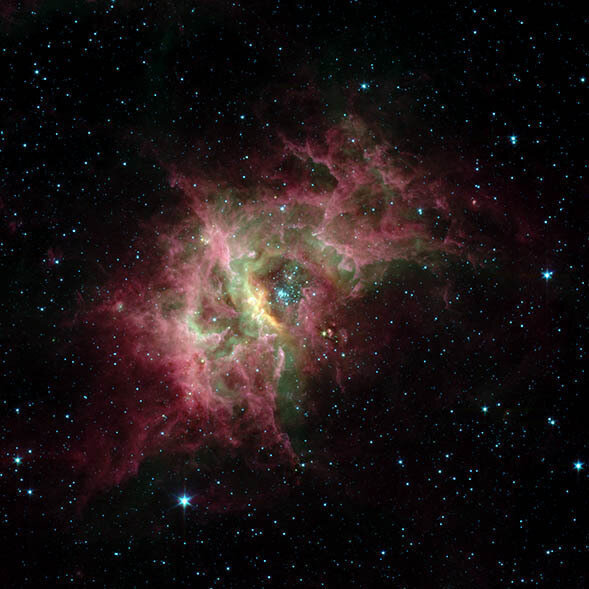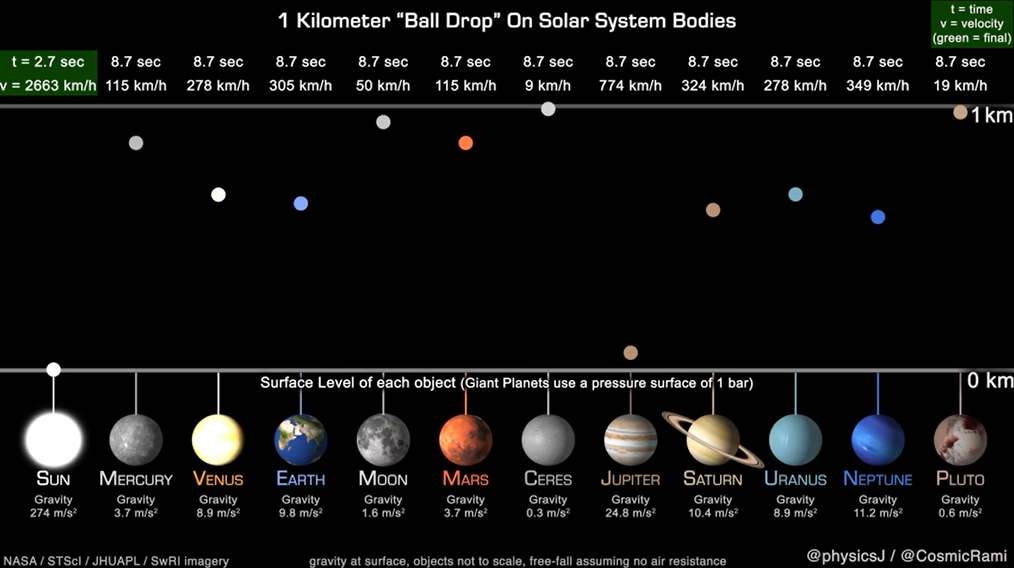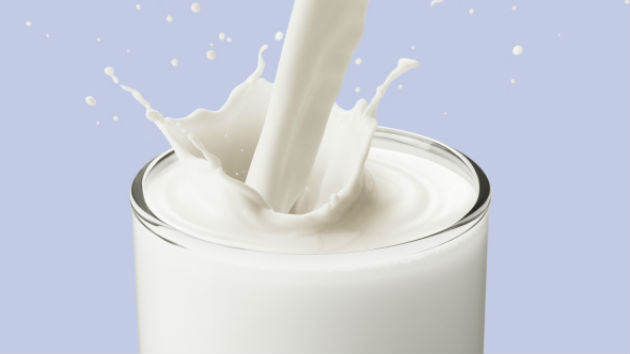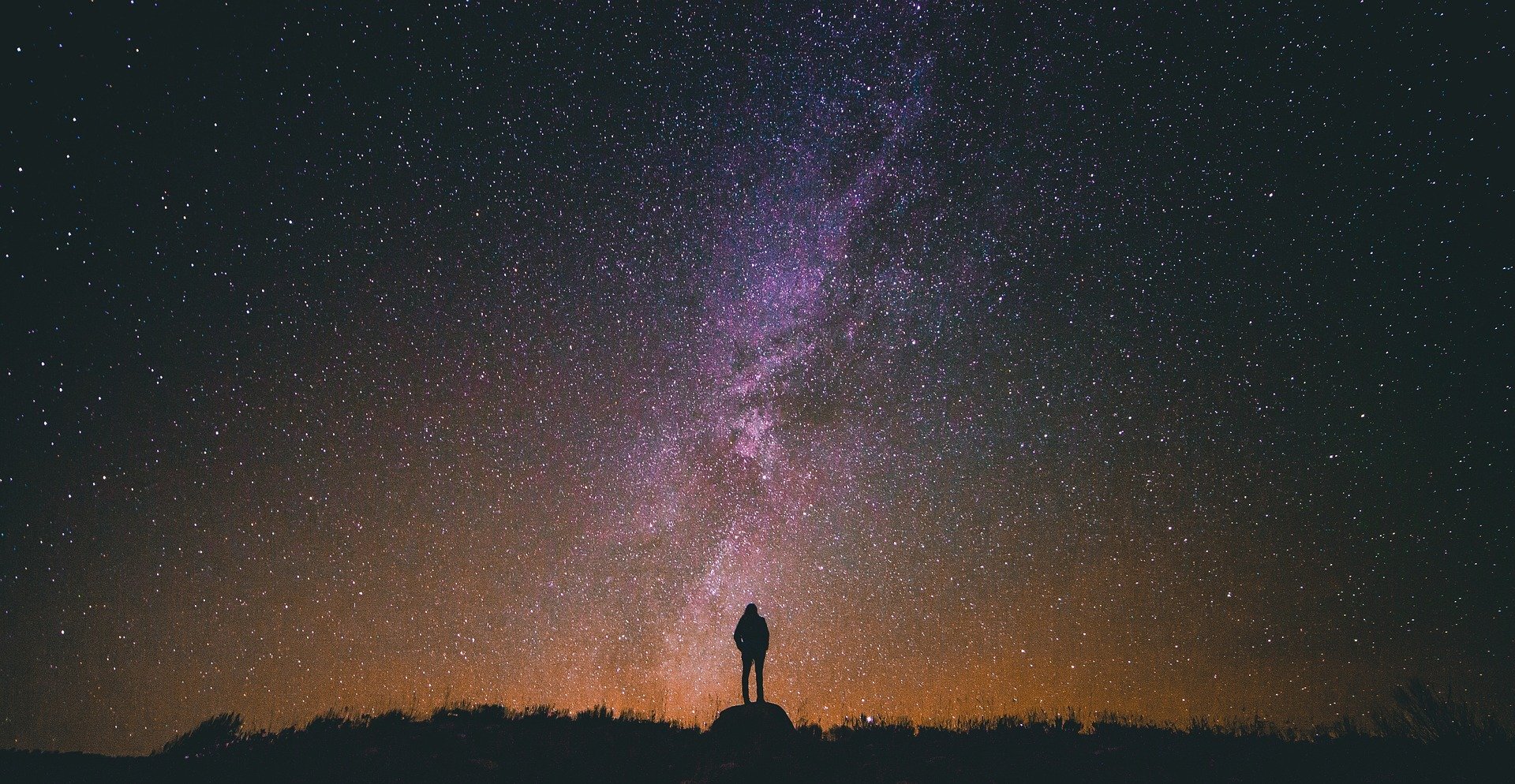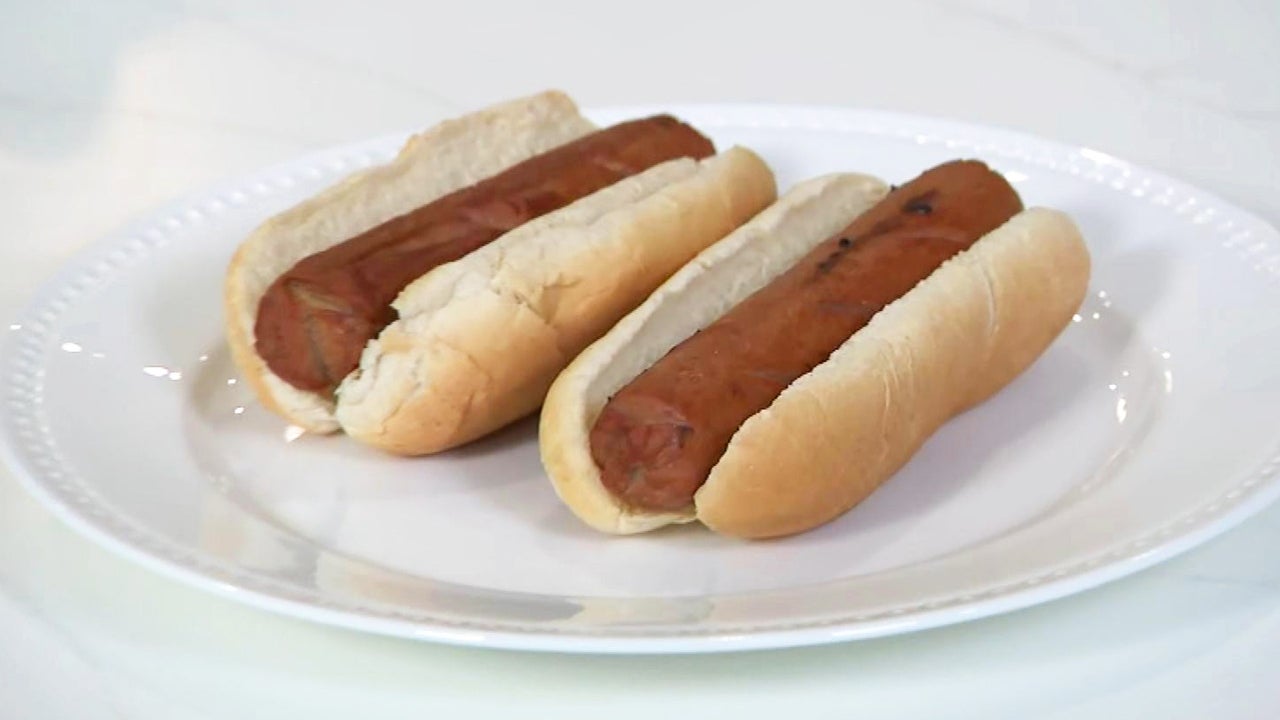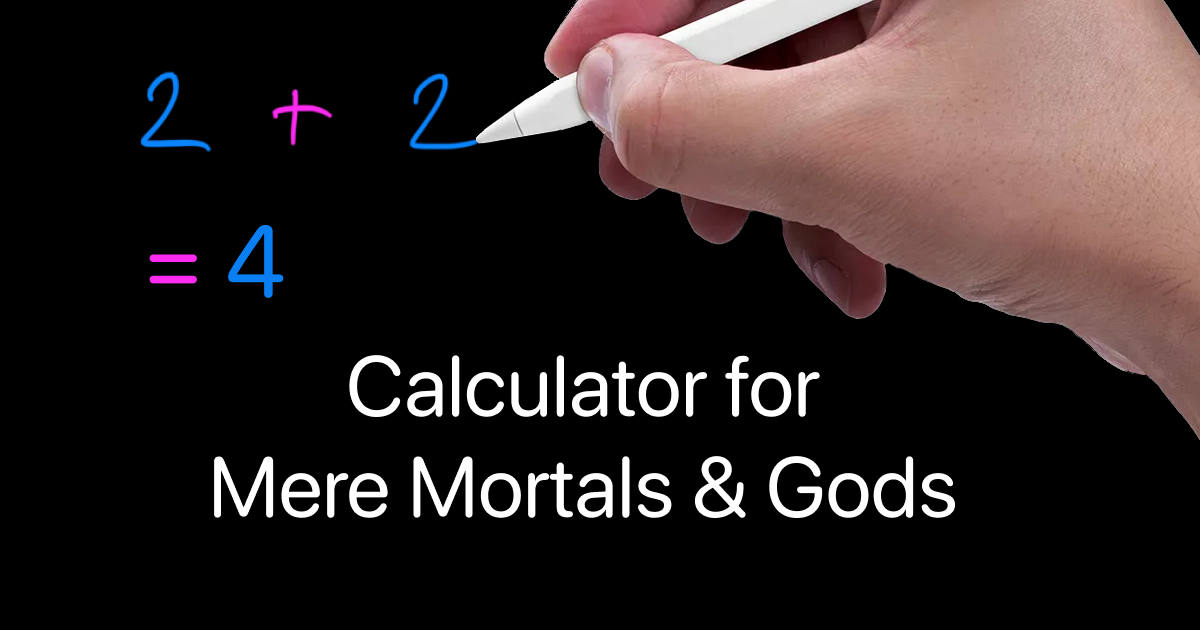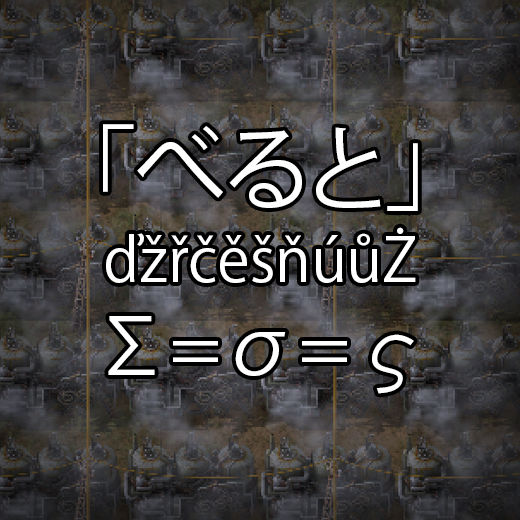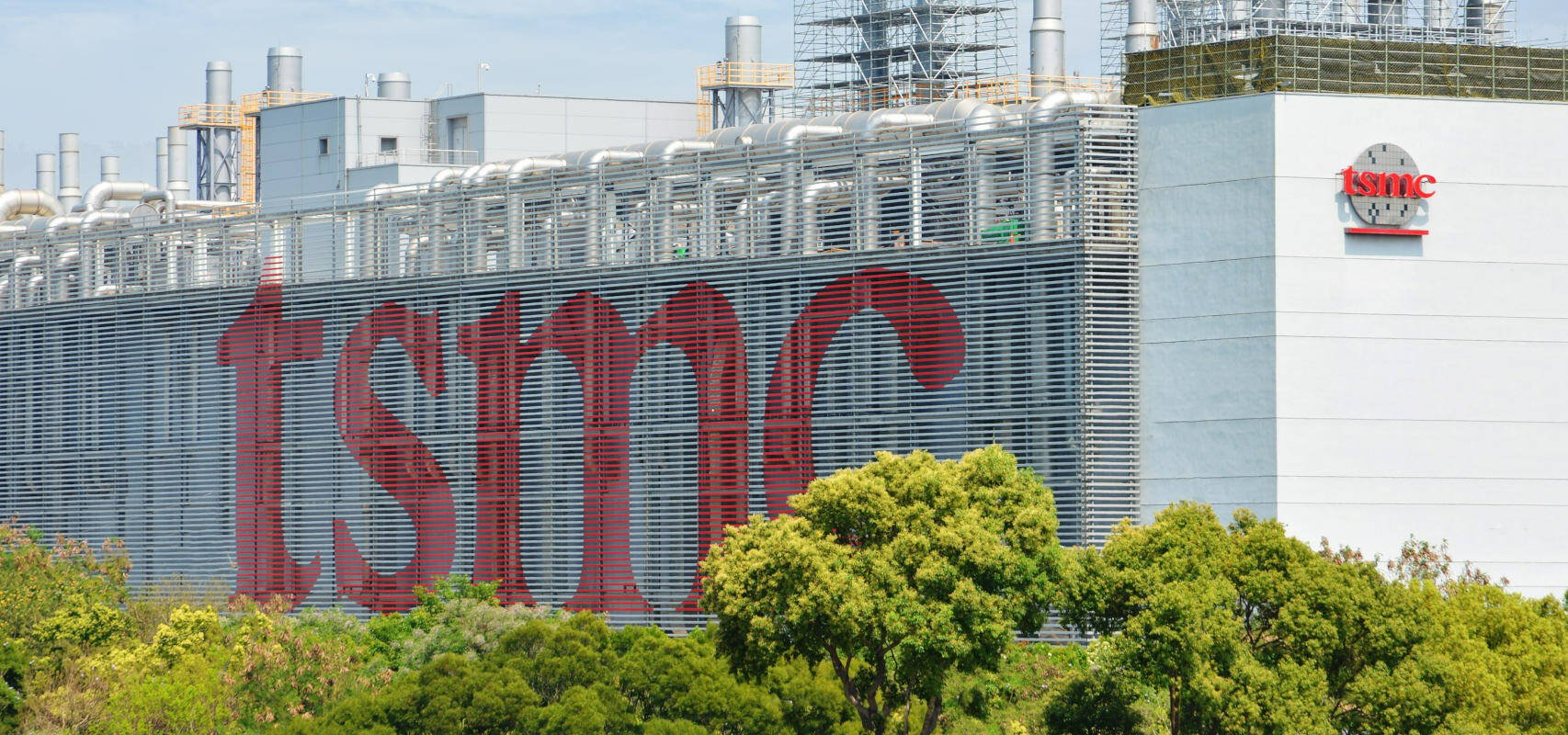
An Explanation for Rogue Planets. They Were Eroded Down by Hot Stars
The dividing line between stars and planets is that stars have enough mass to fuse hydrogen into helium to produce their own light, while planets aren’t massive enough to produce core fusion. It’s generally a good way to divide them, except for brown dwarfs. These are bodies with a mass of about 15–80 Jupiters, so they are large enough to fuse deuterium but can’t generate helium. Another way to distinguish planets and stars is how they form. Stars form by the gravitational collapse of gas and dust within a molecular cloud, which allows them to gather mass on a short cosmic timescale. Planets, on the other hand, form by the gradual accumulation of gas and dust within the accretion disk of a young star. But again, that line becomes fuzzy for brown dwarfs.
The problem arises in that, if brown dwarfs form within a molecular cloud like stars, they aren’t massive enough to form quickly. If a cloud of gas and dust has enough mass to collapse under its own weight, it has enough mass to form a full star. But if brown dwarfs form like planets, they would have to accumulate mass incredibly quickly. Simulations of planet formation show it is difficult for a planet to form with a mass of more than a few Jupiters. So what gives? The answer may lie in what are known as Jupiter-mass binary objects, or JuMBOs.
